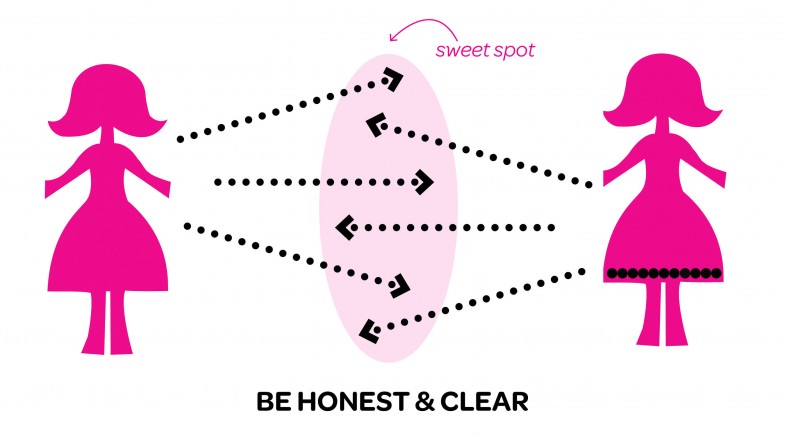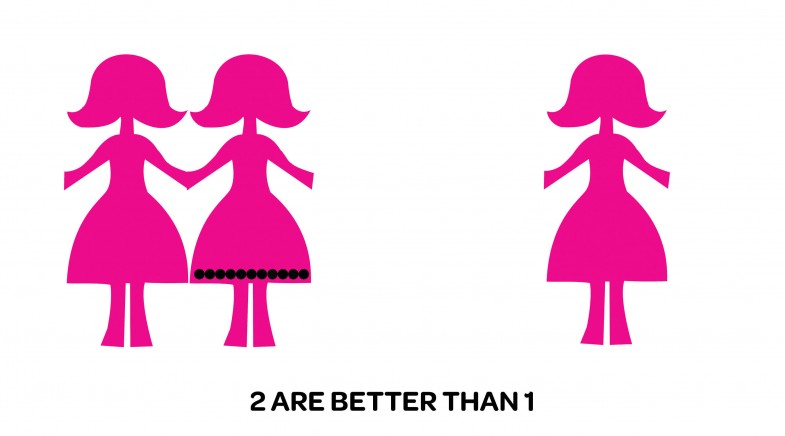Collaboration doesn’t come naturally to everyone. We all have our weaknesses, but unfortunately, or fortunately if you love working together like I do, our current design practice is increasingly collaborative. NC State College of Design Dean Marvin Malecha states, “While a romantic notion of the sole creative spirit lingers in the consciousness of the design profession, the increasing interdependence and interrelatedness of decision-making has ever been more apparent.” Other designers contribute value to the design process by providing creative perspectives, ways of knowing, and critical evaluations beyond your own. I push myself the hardest, and ask the toughest questions, when I know another designer, who I respect, will be working on the same problem. Collaborating can be the most rewarding type of work, but it doesn’t always come easy.
Be Honest and Clear
Clearly state what your expectations are in the collaboration at the outset. What do you expect to get out of it? How much time are you willing to contribute? What do you see as the primary objective? Together, agree on a shared goal and the steps that you will take to reach that goal. Problems can arise when one person veers off of the agreed upon path and there is no authority figure to mediate. Remember that your collaborator can’t read your mind, so you need to externalize those thoughts.
Tools for Externalizing
There are some simple tools for externalizing your thoughts in a partnership. Post-it note brainstorms can be a great, low stakes, method to generate a budding understanding of the project. Creating concept maps and mind-maps at the beginning of a project helps to visualize your shared goals. If you and your collaborator work in the same physical space, keep all of these externalizations up on the wall or posted to desks. This will serve a road map for your project.
Virtual collaborations are now easier than ever. Instant messaging programs like iChat are particularly powerful. iChat functions such as quick file sharing, video chatting, and screen sharing, efficiently facilitate virtual collaborations. Of course Google has great free tools as well — Google Docs allows you to share and edit a document online in real-time, while Google Presentation allows you to create a shared presentation. MindMeister allows you to create shared mind-maps online. There is no shortage of free tools, so choose what works best for you.
Seeking Partnerships
How do you find others willing to collaborate? I go back to the honesty factor. When you meet someone new, or overhear an interesting idea or project, spark up a conversation. Be direct and honest and ask if they would want to work together some time. More often than not, creative types will be inspired and activated by your inquiry.
quick tips
1) Don’t focus on the credit you will get from the contribution, focus on the process and artifact.
2) Be honest. With yourself and your collaborator. You don’t want to get into a project that isn’t what you intended.
3) Have fun and remain open. When you include other perspectives in your design process, you expand your own ways of seeing.
dig deeper
More on concept maps by Rebecca Tegtmeyer
Collaborative Brainstorming
MindMeister
On Collaboration: Wikinomics: How Mass Collaboration Changes Everything
by Don Tapscott and Anthony Williams
See Some Collaborations in action, Layer Tennis

